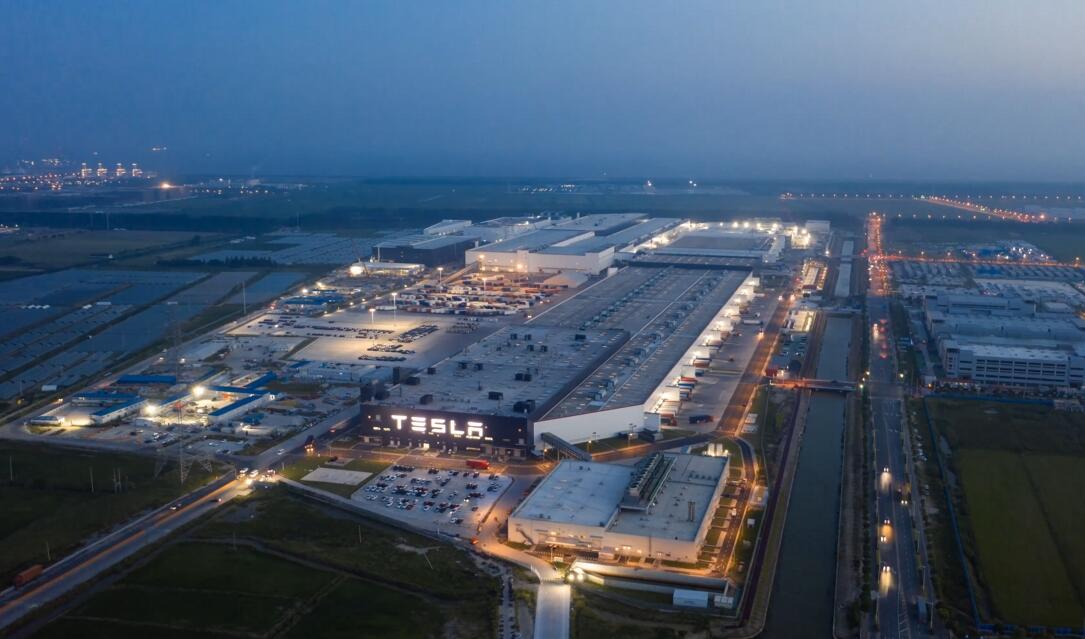Giga Shanghai contributes 51.7% of Tesla's 2021 deliveries with over 480,000 vehicles
Tesla delivered about 321,000 vehicles in China in 2021, with Model Y at 200,100 vehicles, or 62.3 percent of the total.

It is clear that Tesla's factory in Shanghai has become an important support for its rapid global market share gain.
Tesla Giga Shanghai delivered 484,130 units in 2021, up 235 percent year-on-year, according to data provided by the company to CnEVPost.
This represents a 51.7 percent contribution from the Shanghai plant, considering Tesla's global deliveries of 936,000 units in 2021.
Tesla Giga Shanghai exported 160,000 vehicles in 2021 to meet demand in more than 10 countries, including those in Europe and Asia, with more than 130,000 Model 3s exported.
Thanks to a high level of intelligence, digitization and up to 86 percent parts localization, Giga Shanghai's production capacity achieved further increases in 2021, Tesla said, adding that in the third quarter of 2021, Giga Shanghai's Model 3, Model Y production exceeded that of its Fremont, California facility for the first time in a single quarter.
Data released yesterday by the China Passenger Car Association (CPCA) showed that Tesla China sales reached a record 70,847 units in December, up 197.6 percent from a year ago and up 34 percent from 52,859 units in November.
Tesla Giga Shanghai exported 245 units in December, meaning it sold 70,602 units in China.
Tesla's cumulative deliveries in China for the full year 2021 were about 321,000 units, an increase of about 133 percent from about 137,000 units in 2020, according to the company.
The performance of the locally produced Model Y is behind the significant growth in Tesla's deliveries in China.
China-made Model Y deliveries in China reached 200,100 units in 2021, which means that Model Y deliveries account for 62.3 percent of Tesla's deliveries in China in 2021.
Despite the chip shortage, Tesla's growth does not appear to have been held back, largely because Tesla has a highly vertically integrated supply chain strategy that gives it the flexibility to adjust parts and control the supply chain.

